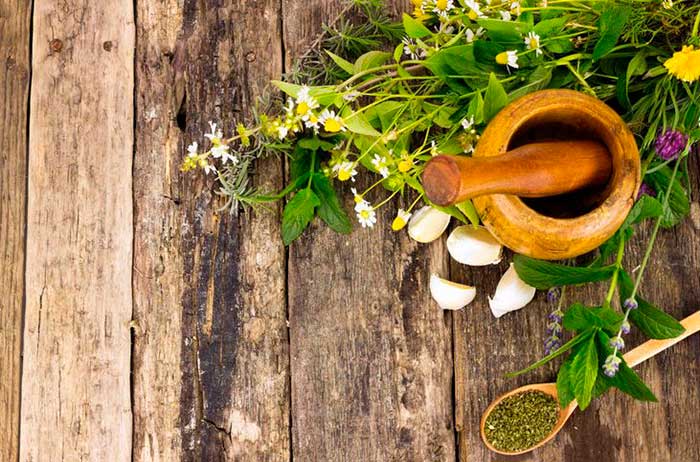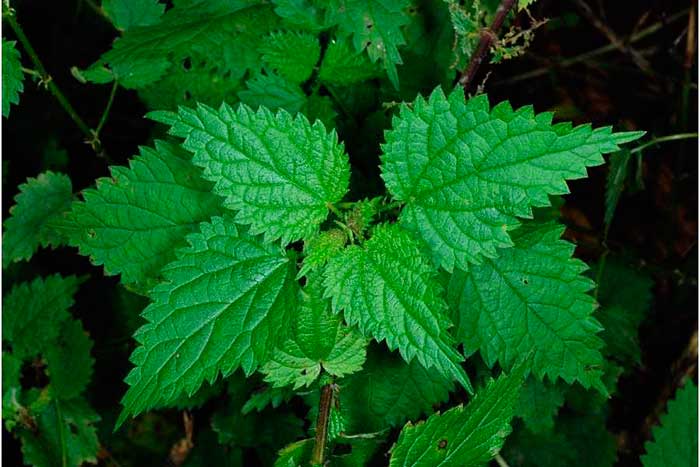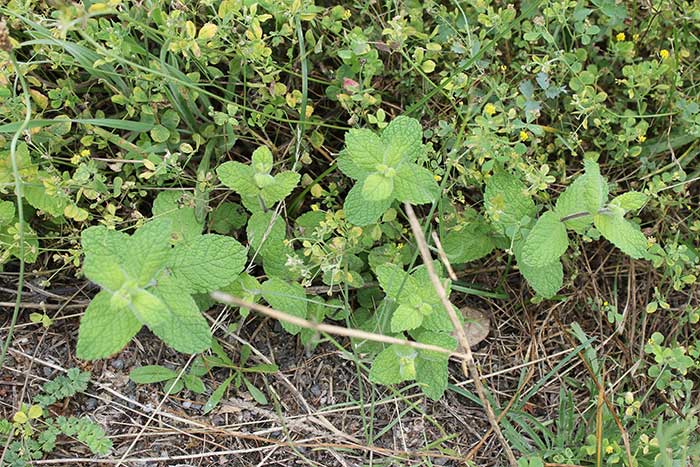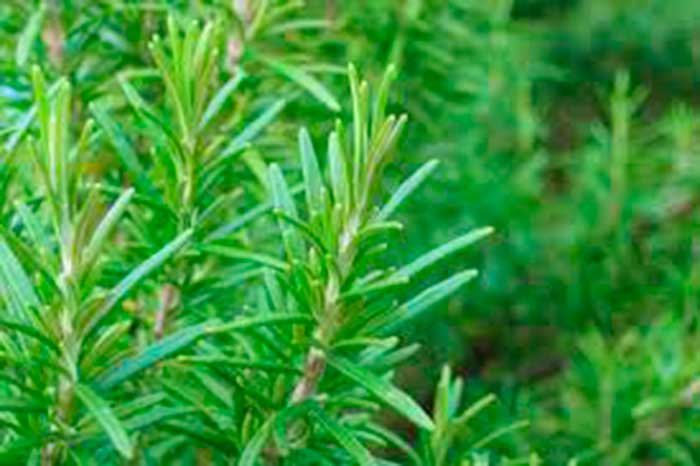There are lots of wild plants on the Camino Francés, Camino Portugués, Camino Primitivo and the others caminos to Santiago de Compostela. They can be picked up from the camino ditches and roadsides and they were used by former pilgrims who knew their properties. Now if you are a pilgrim, you can also know these plants and use them to ease and comfort your inconveniences. These are five of my top ten wild medicine plants.

- Stinging nettle. It is called “estruga” in Galician and “ortiga” in Spanish. This is one of the best tonic and nourishing teas, good for over-all system health, esp kidneys, immune system. As the name suggests, stinging nettle has fine spikes or hairs on its stem and leaves, which contain irritating chemicals. The hairs can “sting” and cause allergic irritation when they come in direct contact with the skin. So, be careful when you pick it up!
Contrary, when the hairs come into contact with a painful part of the body, they can reduce the original pain. It is believed that they reduce the original pain through reducing inflammatory chemicals in the body and interfering with the transmission of pain signals.
Stinging nettle has been used in traditional medicine to relieve pain in people with osteoarthritis and rheumatoid arthritis. Besides, Stinging nettle is believed to contain anti-histamine properties, which reduce the amount of histamine produced by the body in response to allergens.

- Wild peppermint.
This wild plant is one of my favorite owing to its scent. It has many names depending on which area of Spain or Portugal you are. This is called “maltraste” in Rías Baixas area.
These plants grow in the same area as the nettle plant and they are a natural antidote for nettle plant´s sting and itching. You only need to pick up some leaves from the plant and rub the part of your body you have been stung on.
Inhaling the peppermint aroma may offer memory enhancement and stress relief.Keep an eye on it. You will probably need it on your Camino since nettle plants are everywhere and you are likely to be stung accidentally on your legs or arms while walking the Camino.

- Wild fennel. It is called “fiuncho” in Galician and “hinojo” in Spanish. I also love its scent. Galician people use it very often in their gastronomy. Boiled chestnuts (chestnuts is the most popular nut in Galicia) are always cooked with wild fennel leaves to make them much more aromatic.

It is very easy to recognize owing to its shape and aroma (like anise scent).
It is traditionally used to treat digestion (gas), helps respiratory system, cleans palate, also expands the mind. Fennel is a mild appetite suppressant and is used to improve the kidneys, spleen, liver and lungs. It is a common ingredient in cough remedies.

4. Dandelion.
Dandelion’s common name comes from the French Dent-de-lion, or “lion’s teeth,” since the jagged edges of leaves loosely resemble the teeth of a carnivore.
Not enough good things can be said about this eurasian native. Systemic tonic, great for liver health, and just about anything that ails you.
Dandelion look alikes: Groundsel: Tons along the trail all 500 miles! What a versatile survivor in all places from the meseta to the mountains on the Camino Francés! Of course, we avoid using any herb, but especially dandelion, from roadsides of places where pesticides and herbicides may have been used. This is because the plant “detoxifies” the soil, concentrating chemicals in its plant parts. That’s great for the soil but bad in our pot of tea. This same ability of dandelion to act as a detoxifying herb is one reason it is beloved by herbalists who know many illnesses improve when our bodies start the process of detoxification.

- Rosemary.
During the Middle Ages, rosemary was thought to be capable of dispelling negativity. As such, it was tucked under pillows to thwart nightmares and visits from evil spirits. It was also burned in the house to keep the black plague from entering. Perhaps this association with protection is why rosemary is still a common ingredient in incense used to cleanse sacred spaces. It was also thought to promote prosperity. Medicinally, rosemary has a wealth of uses, both old and new. Indeed, rosemary was once thought to be a cure for poor digestion, migraine, joint disorders, and muscle ache. Just pick up some leaves and rub them in your hands, the scent is awesome.
In the second part of this post I will show you more wild plants you can find on the Camino. There are so many that this is only the top of the iceberg. Wild plants are our allies and it seems clear that they usually grow where pilgrims need them.
Buen Camino, amigos!
Anxo Saco
Photos Sources:
- Photo 0 http://www.lavidalucida.com
- Photo 1 http://health.in4mnation.com
- Photo 2 https://ourensecologico.wordpress
- Photo 3 http://www.cookingwithrosetta.com
- Photo 4 http://viviendosanos.com/diente-de-leon
- Photo 5 https://ecocosas.com/wp



Comments